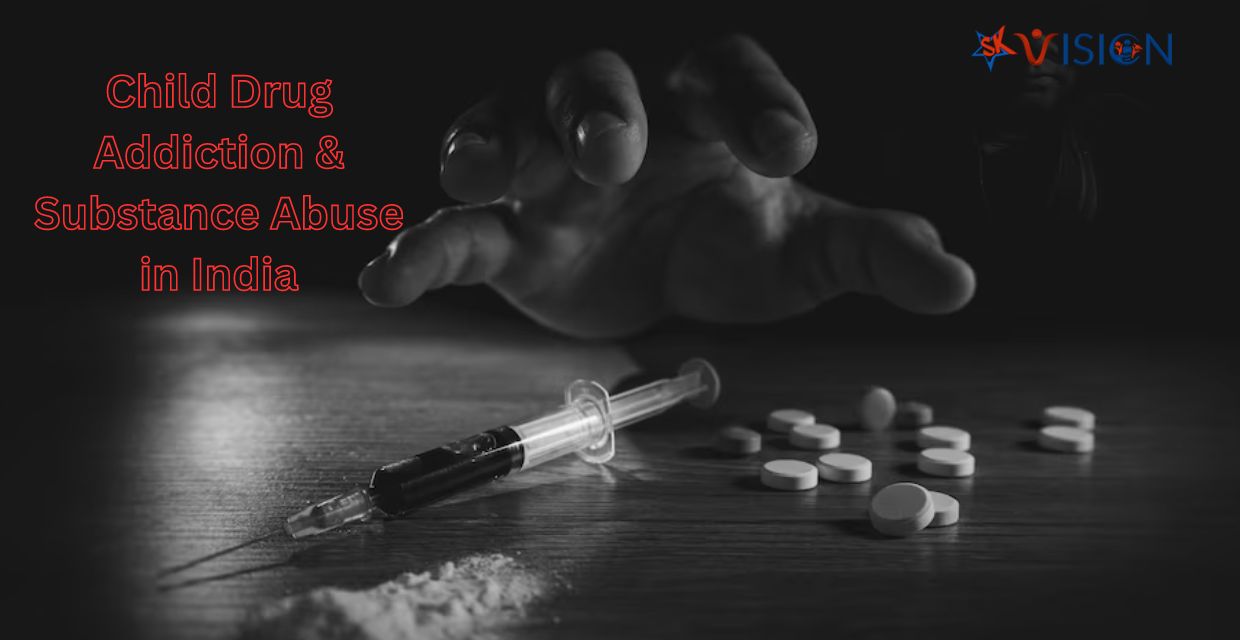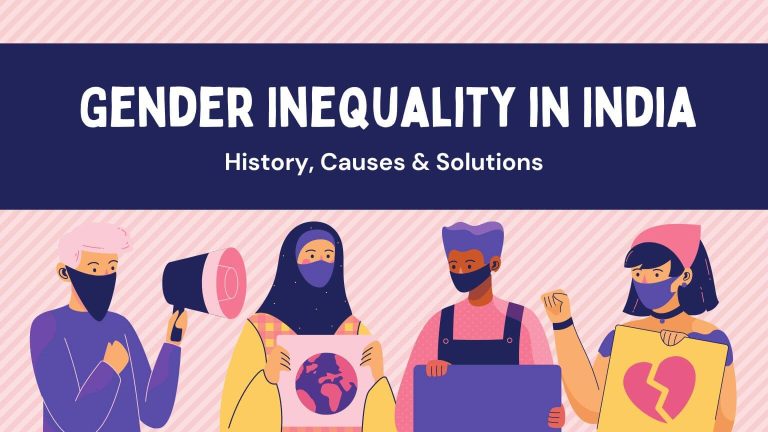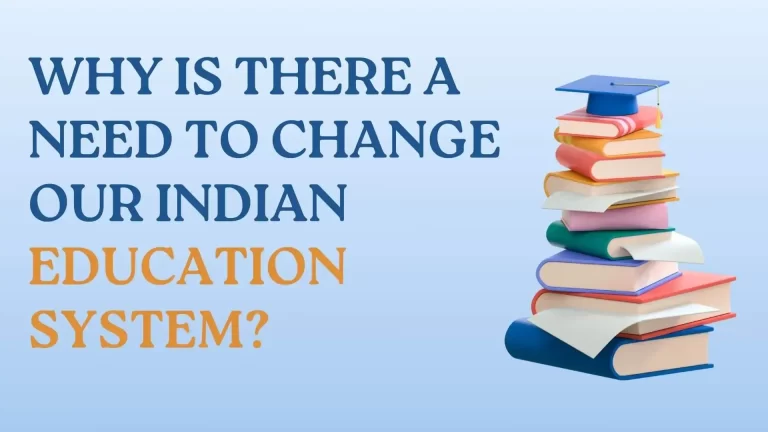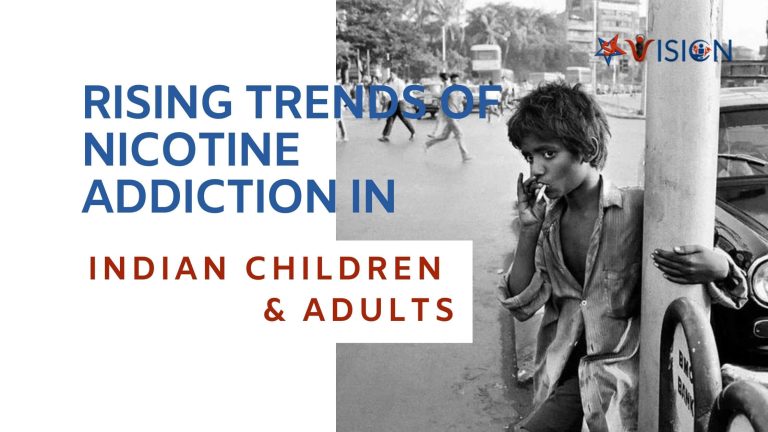Introduction:
Drug addiction and substance abuse is a kind of disease that affects the brain and behaviour of children and leads to an inability to control the use of drugs or medicines.
Among youngsters , adolescence has become a social problem for them. In India, children frequently become habitual to taking different types of addiction, like alcohol , heroine, opium etc.
Alcohol and opioid addiction is very common in India. According to some data, alcohol addiction is the leading problem for death and disability all over the world.
There are some narcotics which are frequently used by Indians are Cannabis( like Ganja , charas , bhang) heroin, and pharmaceuticals made in India are the reason for Substance abuse in India. These types of hard drugs, like opioids and , are easily available, which is an important cause of substance abuse in youngsters and adolescents. Studies show that the common age group of substance abuse ranges from 12 to 20 years.
The cause of children becoming entangled with addiction:
As the day passes, the children indulge in child drug addiction in India just to feel good. There are many causes that lead children to get involved in drug addiction.
The causes for drug addiction are:
Different sources of interaction :
There are different sources of interaction which influence children very much like – social, cultural, personality, cognitive and developmental factors. These sources affect children so much that they change their life prospective and change their whole life.
Poor self-image:
Children who had used to fit in with a peer group, especially in youth, pose a risk to an individual with low self-esteem. Most people who have experienced childhood trauma also identify with low self-esteem, and many people who identify with substance abuse disorders also have a history of trauma.
Parental rejection:
When parents do not take care of their children’s happiness, this has so much impact on children’s minds. They feel unwanted and unloved. This could cause the child to feel unloved and unwanted, which could be harmful to their mental and physical health.
Unhealthy family:
Family circumstances put so much pressure on children’s behaviour. If a family always fights or misbehaves with each other, it makes the environment of the family unhealthy. Children want to get away from this environment and, because of this, they get involved in bad company and start addiction .
Poor school performance:
Sometimes children fall under pressure of getting good marks in school. Family want their children to get good marks and this puts too much pressure. Because of that, children get involved in bad companies and substance abuse.
Divorce :
Many research has shown that children of divorced homes have poorer levels of well-being. An increased risk for children and adolescents of experiencing adjustment issues, such as scholastic challenges, has been linked to parental divorce or separation.
over-controlled by parents:
For parents, being careful towards children is good to prevent child drug addiction in India. But sometimes over caring puts the wrong impact on children. This over- controlling nature of parents makes children distracted from their own
Signs and symptoms:
It may be difficult to determine whether children is misusing drugs or alcohol. Many indicators of teenage drug use are just signs of common behaviour among young adults. Addiction to substances is often accompanied by mental health problems like anxiety or depression.

Among the symptoms or behaviours of drug addiction are:
- The feeling that you must use the substance frequently, such daily or multiple times a day; extreme cravings that prevent you from thinking of anything else.
- committing crimes you wouldn’t typically undertake in order to obtain the substance, like stealing,
when under the influence of drugs, engaging in hazardous activities such as driving getting, using, and recovering from drug use all need a significant amount of time. - Consuming greater dosages of the medication for longer than you had planned ensuring that you have an adequate supply of the medication.
- Purchasing medicine with money that you don’t have.
- You may also reduce your social or recreational activities or miss work or other obligations.
- Gradually, requiring higher dosages of the medication to have the same result.
Preventative action:
Along with several programmes to females’ education, the government has also adopted preventive measures to shield kids from becoming disoriented and cloaked in their childhood and developing drug and alcohol addictions. The govt has launched laws and policies and some preventive programs against the abuse of drugs , alcohol, tobacco and other harmful substances.
- Maintaining the 364 Integrated Rehabilitation Centres for Addicts (IRCAs), which offer services like motivational counselling, detoxification/de-addiction, reintegration, aftercare, prevention education, awareness-raising.
- Preserving the 54 community-based peer-led intervention (CPLI) centres, which target children and adolescents who are vulnerable and at risk. Peer educators use this to involve kids in activities that promote life skills and awareness-building.
- Nasha Mukt Bharat Abhiyaan (NMBA) was introduced in 272 districts with the assistance of over 8,000 young volunteers. Under the Abhiyaan, over 44 lakh youth have been reached out to.
- They brought the advisory to limit the access to alcohol and narcotics. Like- refusal of sale to minors.
- Prohibiting the promotion of tobacco and alcohol like substances, especially when it comes in the case of children and young people.
- Organising educational programs by collaboration with the media to disclose anti-drug campaigns to protect and preserve the health of the children and young people.
Current data :
According to the surveys report, the three substances that teenagers most frequently admitted using in the previous year were cannabis, alcohol, and nicotine vaping. These percentages largely coincided with those reported in 2021.
- According to 2022.1.58 crore children aged between 10 and 17 years are addicted to substances in the country, the government told the Supreme Court on Wednesday.
- Alcohol consumption held steady for students in the eighth and tenth grades (15.2% and 31.3%, respectively) but went back to pre-pandemic levels in 2022 (51.9% of 12th graders reporting alcohol usage in the previous year).
- The number of eighth children, tenth graders, and twelfth grades who claimed to have used nicotine in the previous year was 12.3%, 20.5%, and 27.3%, respectively. This trend continued for all three grade levels questioned.




